While everyone remembers the blockbuster hits of 1970s television—shows like “M*A*S*H,” “All in the Family,” and “The Mary Tyler Moore Show”—some of the decade’s most influential programs have faded from collective memory. These overlooked gems may not have topped the ratings or lasted for multiple seasons, but their innovative approaches to storytelling, representation, and social issues rippled through entertainment for decades to come. Let’s rediscover these forgotten treasures and the outsized influence they had on television and American culture.
1. “Room 222” (1969-1974)
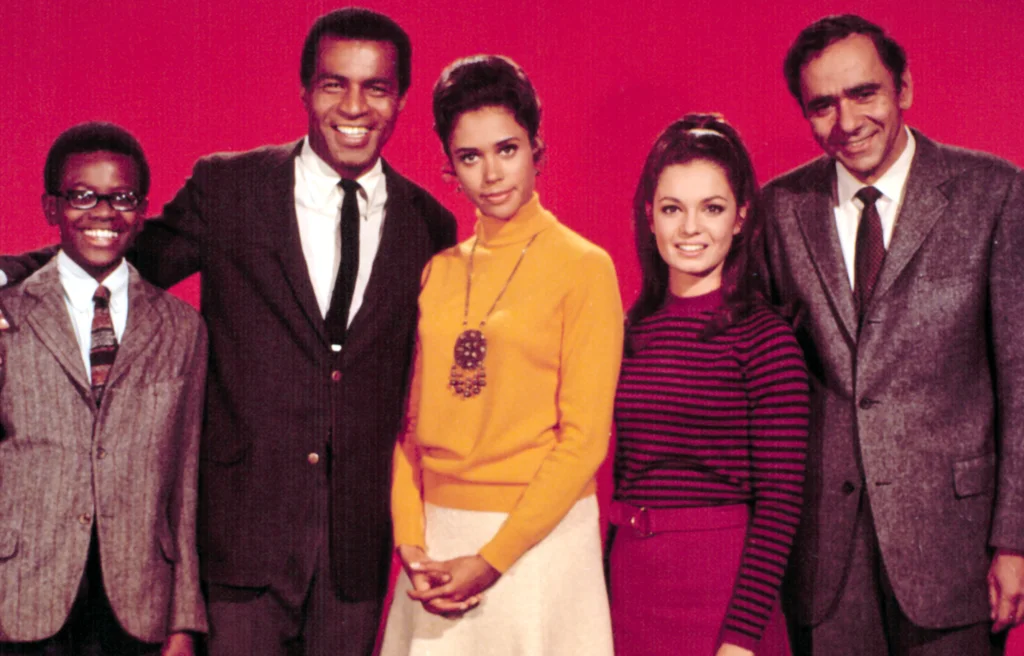
This groundbreaking dramedy set in a fictional Los Angeles high school was among the first shows to feature a Black lead character in a professional position of authority—history teacher Pete Dixon, played by Lloyd Haynes. The show tackled issues like racism, women’s rights, and the Vietnam War through the lens of education, demonstrating that “issue” episodes could be both entertaining and thought-provoking. Its revolutionary multi-ethnic cast included Denise Nicholas as school counselor Liz McIntyre, creating one of television’s first depictions of educated Black professionals in a workplace setting. The Paley Center for Media pays special tribute to this series for representing peak television.
The show’s greatest legacy may be its influence on future school-based programs, establishing a template that shows like “The White Shadow,” “Boston Public,” and even “Glee” would later follow. “Room 222” proved that educational settings could provide rich material for both comedy and drama while addressing societal concerns. Though rarely mentioned today, the show won the Emmy for Outstanding New Series in 1970 and helped normalize integrated casts during a period when television was beginning to reflect America’s diversity.
2. “The Corner Bar” (1972-1973)
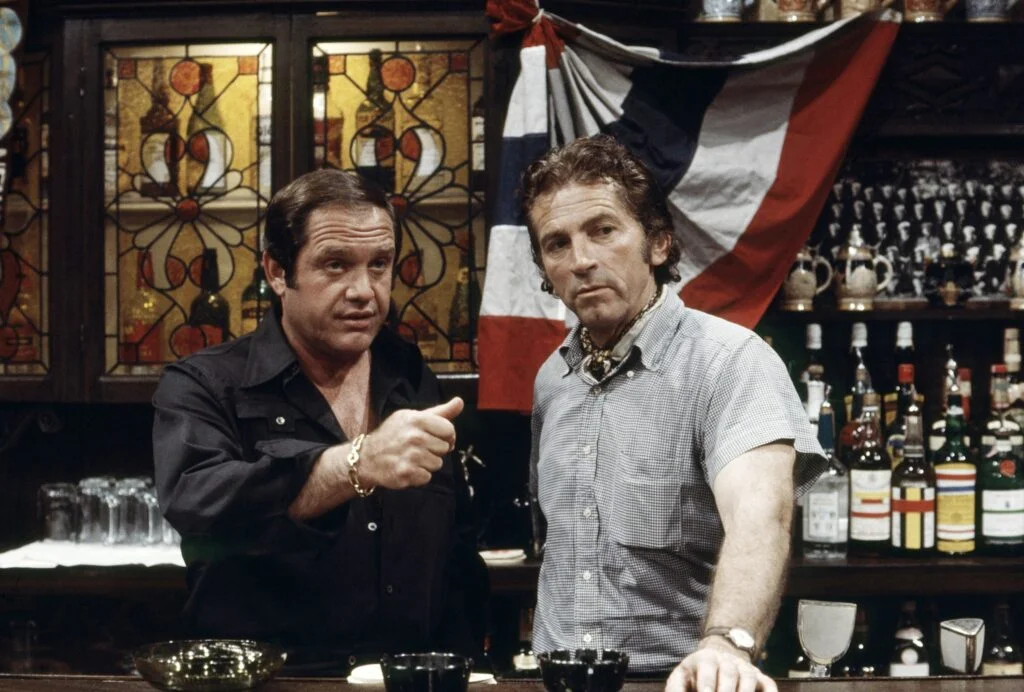
This short-lived sitcom set in a neighborhood tavern might seem unremarkable at first glance, but it made television history by featuring television’s first openly gay recurring character. Alan Manson played Peter Panama, whose presence wasn’t treated as a one-off “very special episode” but as a regular part of the bar’s community. Though the character was somewhat stereotypical by today’s standards, the mere inclusion of a gay character as part of the ensemble—rather than as a problem to be solved—was revolutionary for 1972 television. A Shroud of Thoughts mourns that this series is mostly forgotten now, but celebrates its strengths as a show.
“The Corner Bar” essentially created the template that “Cheers” would perfect a decade later—a diverse group of regulars gathering at a local watering hole. The show’s greatest impact came from demonstrating that LGBTQ+ characters could exist in mainstream entertainment without causing audience rejection or controversy. This quiet milestone paved the way for the more complex LGBTQ+ representation that would gradually emerge in shows like “Soap,” “Dynasty,” and eventually “Will & Grace.”
3. “The Texas Wheelers” (1974-1975)
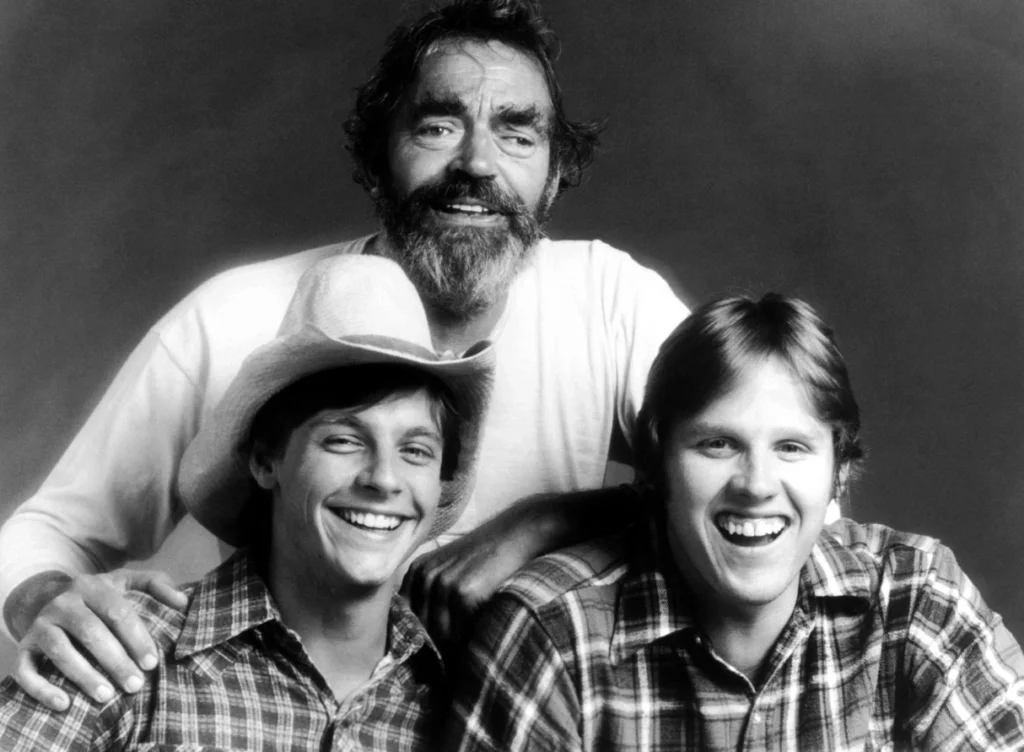
This short-lived ABC comedy about a rural family abandoned by their father (who later returns) featured a young Gary Busey and Mark Hamill years before “Star Wars” fame. The show’s cinematic visual style and lack of laugh track marked a bold departure from typical sitcom conventions of the era. Its realistic portrayal of economic hardship in rural America offered a counterpoint to the idealized small-town life shown in other programs, acknowledging the struggles of families in overlooked parts of the country. Collider further highlights this glimpse at Mark Hamill’s career before he traversed galaxies far, far away.
“The Texas Wheelers” pioneered the single-camera comedy format that would later become standard for shows like “The Office” and “Modern Family.” Created by Dale McRaven (who later developed “Mork & Mindy” and “Perfect Strangers”), the show demonstrated that humor could arise naturally from character and situation without prompting from laugh tracks. Though canceled after just four episodes (with an additional four aired the following summer), its innovative approach to comedy production influenced countless showrunners who sought to break from traditional sitcom constraints.
4. “Get Christie Love!” (1974-1975)

Teresa Graves made history as the first Black woman to star in her own hour-long drama series, playing an undercover police detective who infiltrated criminal organizations. Her character’s catchphrase—”You’re under arrest, sugar!”—became briefly famous, while her portrayal of a capable, intelligent law enforcement officer expanded possibilities for Black actresses. The show took inspiration from the blaxploitation film genre but adapted its aesthetics and themes for network television, creating a bridge between film and TV representations of Black characters. MeTV further asserts that this show wasn’t just good, but it was the coolest series on TV in the 1970s.
The series was particularly noteworthy because Graves, a devout Jehovah’s Witness, insisted on a character who never used excessive violence, engaged in romantic scenes, or wore revealing clothing—creating a female action hero defined by her intelligence rather than sexuality. Though “Get Christie Love!” lasted just one season, it demonstrated that audiences would accept a Black female lead in a traditionally male genre. The show’s influence can be traced through later programs featuring Black female protagonists in law enforcement, from “Cagney & Lacey” to “How to Get Away with Murder.”
5. “James at 15/16” (1977-1978)
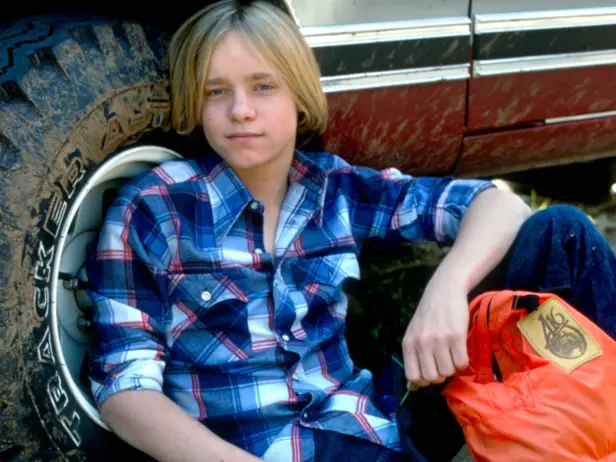
This coming-of-age drama centered on teenage James Hunter (Lance Kerwin) navigating adolescence after his family moves to Boston. The show broke new ground in its authentic portrayal of teenage life, addressing issues like peer pressure, identity formation, and first relationships with unprecedented realism. Its most controversial episode dealt with James losing his virginity—leading to conflicts between the creator and NBC censors that ultimately contributed to the show’s cancellation.
“James at 15/16” (renamed when the character turned 16) essentially invented the modern teen drama, creating a template later perfected by shows like “My So-Called Life,” “Freaks and Geeks,” and “The Wonder Years.” The program’s psychological depth and willingness to portray teenagers as complex individuals rather than stereotypes was revolutionary for its time. Its sensitive exploration of young adult concerns helped establish that teenage experiences were worthy of serious dramatic treatment rather than just sitcom laughs.
6. “The Hot l Baltimore” (1975)
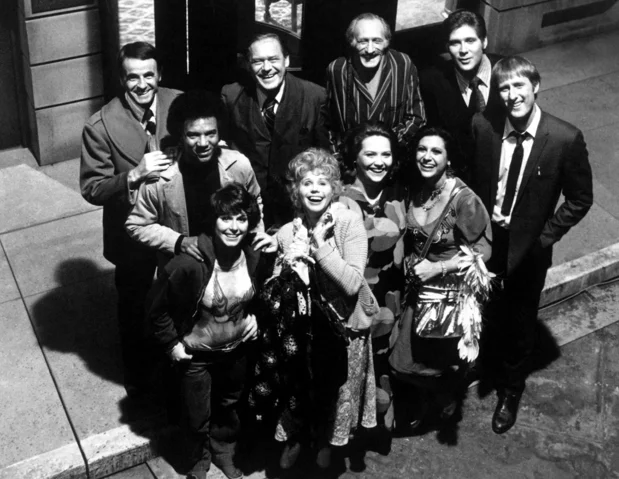
Based on Lanford Wilson’s off-Broadway play, this Norman Lear-produced series was set in a dilapidated hotel (with a broken “e” on its neon sign) populated by various societal outcasts, including sex workers and elderly residents facing eviction. The show featured television’s first gay couple as central characters—an older man and his younger partner—treating their relationship matter-of-factly. Its frank depictions of marginalized lives and controversial subject matter proved too much for 1975 audiences, and ABC canceled it after just 13 episodes.
Despite its brief run, “The Hot l Baltimore” pushed boundaries in terms of subject matter and representation, expanding what was possible on network television. Its ensemble format and focus on a makeshift community of outsiders supporting one another established narrative patterns later seen in shows from “St. Elsewhere” to “Orange Is the New Black.” The program demonstrated that television could approach theatrical levels of complexity and social commentary, helping elevate the medium’s artistic ambitions.
7. “Executive Suite” (1976-1977)
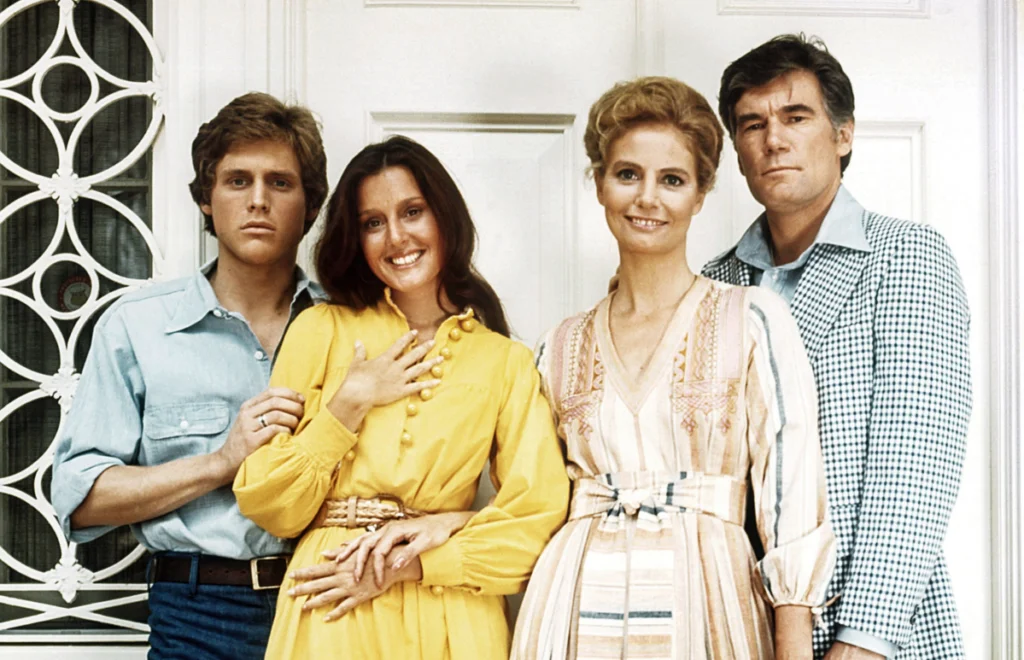
This corporate drama based on the 1954 film of the same name explored power struggles within a major manufacturing company, featuring an ensemble cast that included established stars like Mitchell Ryan and up-and-comers like Richard Cox. The show distinguished itself through its complex female characters who wielded genuine corporate authority rather than serving as mere secretaries or wives. Its stories about corporate ethics, environmental concerns, and women in leadership presaged later workplace dramas like “thirtysomething” and “The Good Wife.”
Perhaps most significantly, “Executive Suite” treated business settings with the same dramatic seriousness previously reserved for hospitals, police stations, or courtrooms. The program’s focus on the moral dimensions of capitalism and corporate responsibility feels remarkably contemporary, addressing issues that still dominate business headlines today. Though it lasted just one season, the show helped establish business settings as fertile ground for exploring meaningful human conflicts and ethical dilemmas.
8. “The Fitzpatricks” (1977-1978)
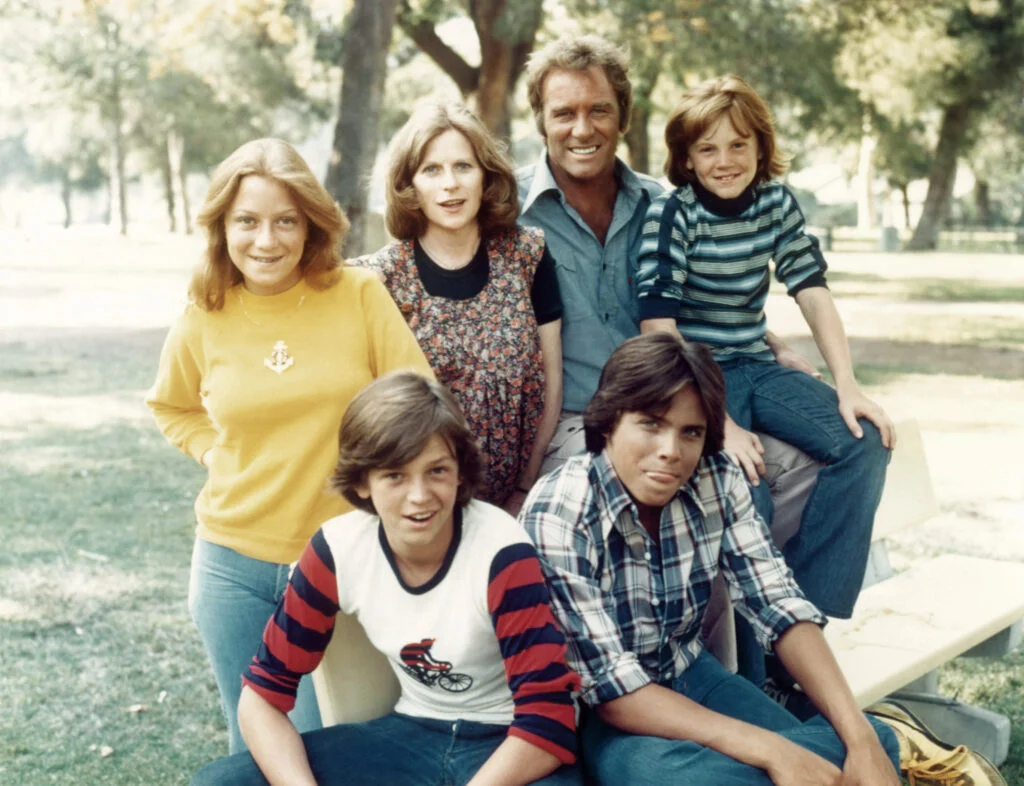
This working-class family drama centered on a blue-collar Michigan household headed by a steel mill worker, offering a realistic portrayal of economic anxiety rarely seen in 1970s television. The show featured early performances from Jimmy McNichol and Helen Hunt, focusing on authentic family dynamics rather than contrived situations. Its portrayal of financial struggles, labor issues, and class differences provided representation for viewers whose lives weren’t reflected in more affluent TV families.
“The Fitzpatricks” pioneered what would later be called “blue-collar TV,” examining how economic realities shaped family life and limited opportunities. The program’s influence can be seen in later working-class family shows like “Roseanne” and “The Middle,” which similarly focused on financial challenges without sacrificing warmth or humor. Though short-lived, the show helped establish that authentic portrayals of working-class life could find television audiences.
9. “Future Cop” (1976-1977)
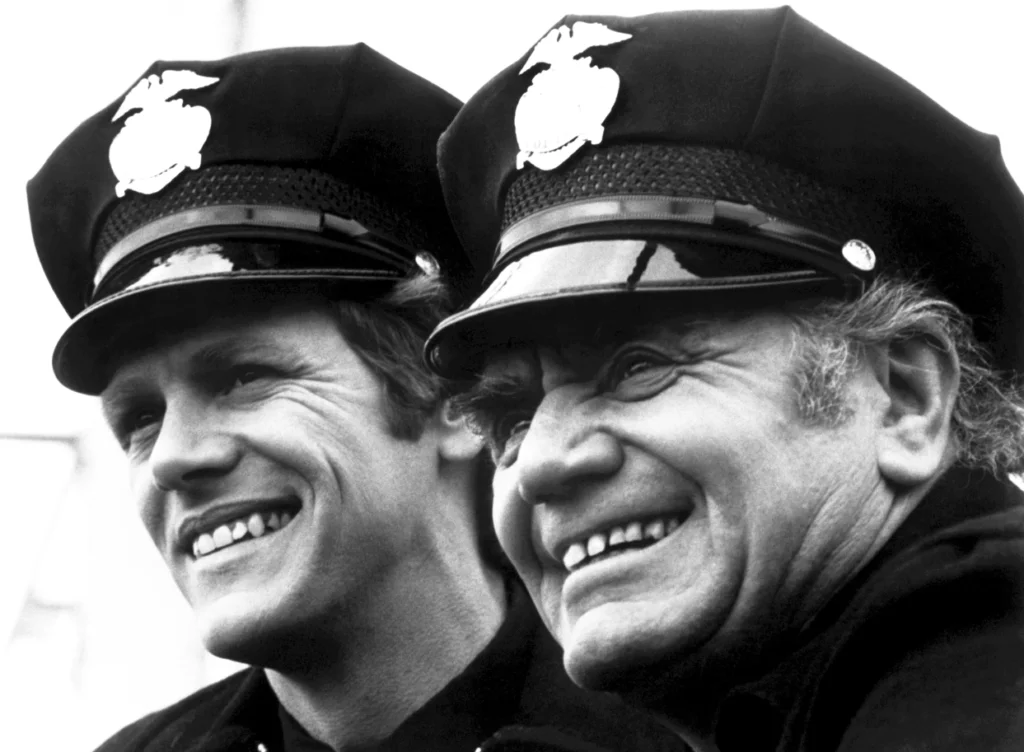
This science-fiction procedural starring Ernest Borgnine featured an aging police officer paired with the department’s secret weapon: a humanoid robot officer indistinguishable from a real person. The show explored themes of artificial intelligence, human identity, and technological ethics decades before they became mainstream concerns. Though limited by its production budget and the special effects capabilities of the era, “Future Cop” asked profound questions about what defines humanity and the boundaries between man and machine.
The program essentially created the template for later human/AI partnerships in shows like “Almost Human” and films like “Blade Runner,” examining both the practical and philosophical implications of artificial intelligence. Though largely forgotten today, “Future Cop” demonstrates how science fiction on television could explore complex ethical questions within familiar genre formats. The show’s central premise—that technological advancement would blur the line between human and machine—has only grown more relevant with time.
10. “Quark” (1977-1978)
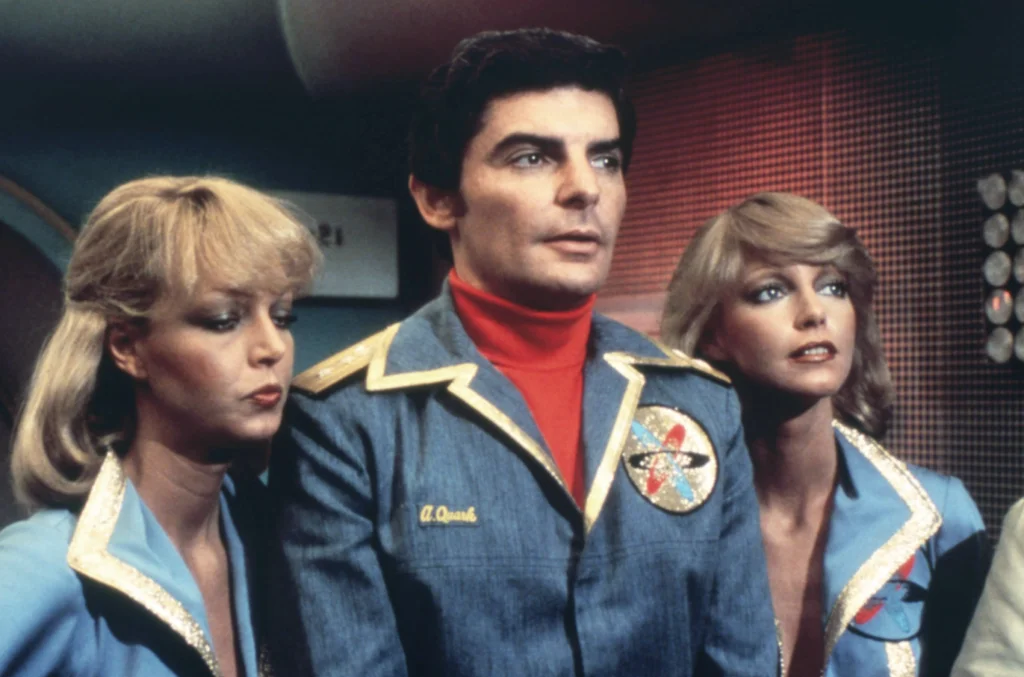
This science fiction parody from “Get Smart” creator Buck Henry followed the misadventures of interstellar garbage collector Adam Quark (Richard Benjamin) and his eccentric crew. The show featured early examples of gender-fluid characters through the “transmute” twins—individuals who could change from male to female and back again. Its satirical take on space opera tropes came two years before “The Hitchhiker’s Guide to the Galaxy” radio series and decades before “Futurama” and “Rick and Morty” explored similar comedic territory.
Though it lasted just eight episodes, “Quark” pioneered the science fiction comedy subgenre on American television, demonstrating that the genre could support humor as well as drama. The show’s influence can be seen in later sci-fi comedies like “Red Dwarf” and “The Orville,” which similarly combined genuine affection for genre tropes with satirical sensibilities. Its willingness to use science fiction settings to explore identity and gender constructs was remarkably progressive for its time.
11. “The Paper Chase” (1978-1979)

Based on the novel and film of the same name, this academic drama focused on first-year Harvard Law students facing the intimidating Professor Charles Kingsfield (John Houseman, reprising his Oscar-winning film role). The show approached legal education with unprecedented realism, focusing on the intellectual and ethical dimensions of the law rather than courtroom theatrics. Its complex examination of mentor-student relationships and the psychological pressures of elite education created a template for later academic dramas.
Though initially canceled by CBS after one season, “The Paper Chase” found new life on PBS and later Showtime, becoming one of television’s earliest examples of a show revived by another network after cancellation. The program demonstrated that intellectual content could find television audiences if presented with compelling characters and situations. Its influence extends through later legal dramas like “The Good Wife” and academic shows like “A Different World,” which similarly examined the transformative power of education.
12. “Paris” (1979-1980)

James Earl Jones starred as Captain Woodrow “Woody” Paris, a police detective balancing leadership of an elite detective squad with his role as a criminal justice professor. The show was among the first to feature a Black actor as the unambiguous lead rather than as part of an ensemble or a sidekick. Its thoughtful approach to crime and punishment, examining the social roots of criminal behavior rather than simply celebrating arrests, distinguished it from more action-oriented police programs.
Though short-lived, “Paris” demonstrated that police dramas could incorporate social commentary and complex characterization without sacrificing entertainment value. The program’s integration of academic perspective into police work presaged later shows like “Criminal Minds” and “Mindhunter,” which similarly explore the theoretical understanding of crime. Perhaps most importantly, Jones’s authoritative, intellectual portrayal helped expand the range of roles available to Black actors in television.
13. “The Waverly Wonders” (1978)

This NBC sitcom starring NFL quarterback Joe Namath as a washed-up former basketball player coaching a hopeless high school team lasted just nine episodes, but its influence extends beyond its brief run. The show helped establish the “fish out of water” coaching narrative that would later flourish in films like “The Bad News Bears” and TV shows like “Hang Time” and “Coach.” Despite its conventional sitcom format, the show touched on themes of redemption and second chances with surprising depth.
“The Waverly Wonders” also represented an early example of celebrity stunt casting that would become increasingly common in television, paving the way for later athletes-turned-actors. While the show itself is barely remembered today, its basic premise—a former star athlete finding new purpose through teaching—has become a staple of sports-themed entertainment. Its brief existence exemplifies how even failed television experiments can establish narrative patterns that later productions successfully refine.
These forgotten shows may not have achieved the ratings or longevity of the decade’s most famous programs, but their contributions to television’s evolution are undeniable. They pushed boundaries, introduced new narrative approaches, and expanded representation in ways that would eventually become industry standards. The next time you enjoy a single-camera comedy, a teen drama, or a show with diverse representation, spare a thought for these overlooked ’70s pioneers who helped make such programming possible. Their greatest legacy might be that the revolutionary elements they introduced have become so thoroughly incorporated into television’s DNA that we no longer recognize their once-radical origins.


